Norway has spoken! Jonas Gahr Støre’s Labour Party (Ap) wins the Norwegian parliamentary election, giving him the PM job if he can strike an expected deal with the Socialist Left (SV) and the Centre party (Sp).
As expected, Norway will soon welcome a new prime minister following the 2021 election. While still to be officially declared, the preliminary results show a clear picture. Here's what we know so far.
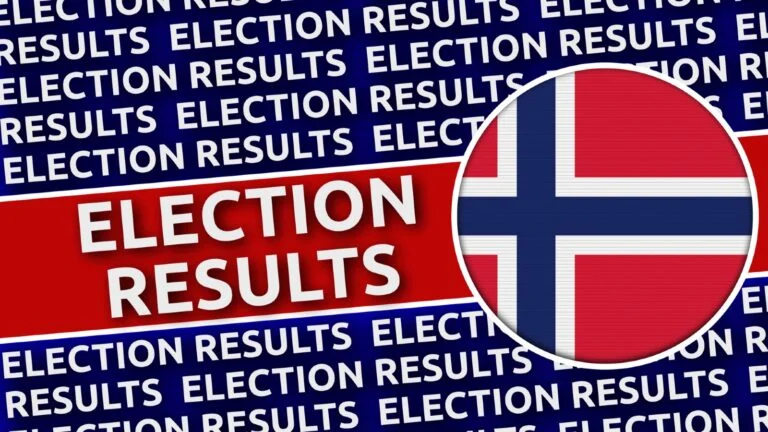
Norway went to the polls on 13 September to elect its representatives for the next four years. Let's take a look at the results so far and the forecast…
Norway election results in brief
- Jonas Gahr Støre’s Labour Party are the biggest single party. He is set to be Norway's next prime minister, leading a coalition of Labour, Socialist Left and the Centre party.
- Erna Solberg’s 8-year tenure as prime minister is over. She has congratulated Støre on his victory.
- The battle for the 4% threshold to win levelling seats was a fascinating one. Far-left party Rødt made it over for the first time, winning an expected 8 seats.
- Venstre were the only former government party to retain support, staying above the threshold to retain 8 seats.
- Despite a very visible campaign in the closing weeks, the Green Party failed to make it over the threshold, picking up just an expected 3 seats.
- Keep up to date with our free Norway Weekly newsletter
What we know so far
At this point, 100% of the votes have been counted but verification process is ongoing. So while there may be some minor adjustments, there is not expected to be any major changes to the overall result.
Read more: What to Expect from the Likely New Government
Erna Solberg conceded shortly after the first preliminary results were declared, which means that Norway will have a new prime minister in the coming weeks. Should coalition negotiations go as planned, the Labour party’s Jonas Gahr Støre will become prime minister.
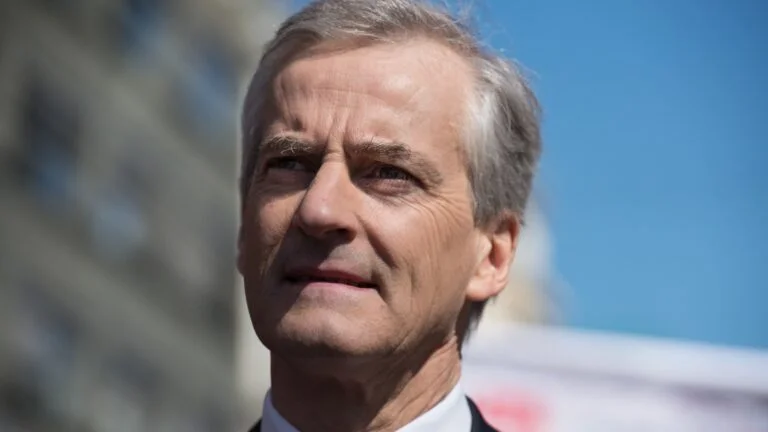
Erna Solberg's Conservatives (Høyre) lost significant numbers of voters, making it impossible for Solberg to put together any kind of coalition in order to extend her 8-year tenure in the top job. This is exactly what the polls have predicted for many months now.
The Labour party (Ap) are the biggest single party, despite one of their worst ever performances at a national election. This puts leader Jonas Gahr Støre in pole position to become prime minister.
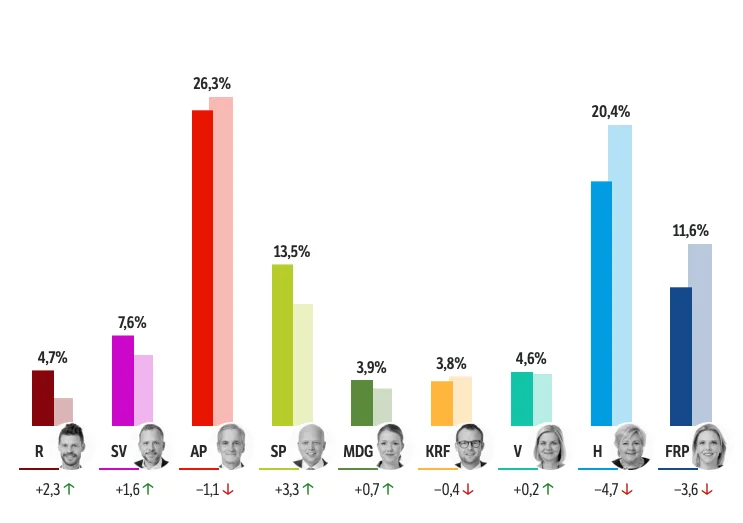
A coalition agreement between Ap, Socialist Left (SV) and the Centre Party (Sp) will be enough to form a majority government that puts Støre in power. This was Støre's preferred coalition, but there are still negotiating hurdles to overcome before an agreement is struck.
Read more: Fascinating Facts About Norway
This is the much talked about red-green coalition (which, despite the name, does not include the Green party). The colours refer to the party colours, not party names.
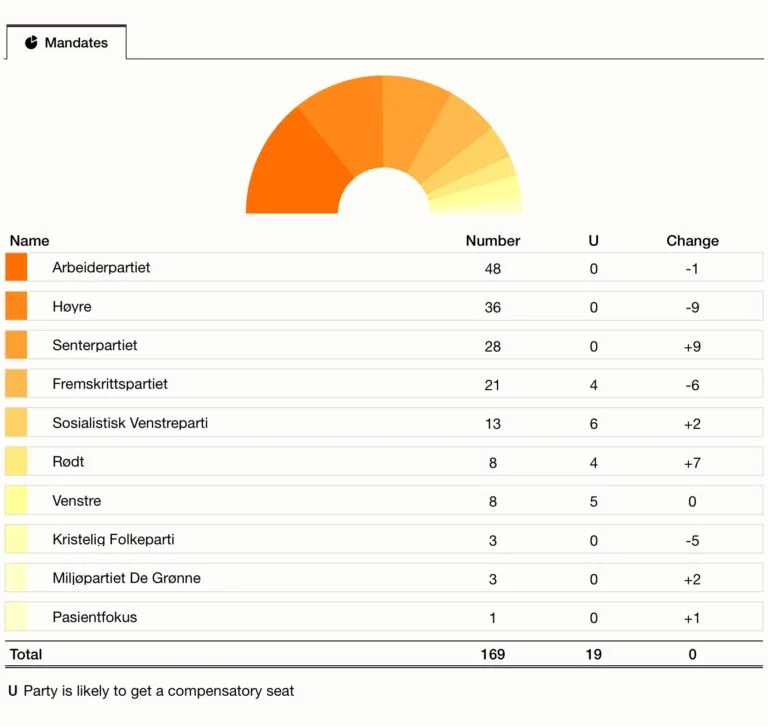
The battle for the threshold
While the result was as expected, the battle for the levelling seats was a dramatic one. Rødt (R), Green (MDG), Venstre (V), and the Christian Democrats all jostled to make it over the 4% threshold. This mechanism is explained later in the article.
Rødt made it over the threshold for the very first time—an outstanding result for the far-left party. Despite not looking good in the early projections, Venstre also made it over, leaving Venstre as the only former government party to retain their seats.
Former coalition partners the Christian Democrats (KrF) failed to make the threshold, as did the Green party (MDG), somewhat surprising after a very vocal campaign about the future of Norway's oil and gas industry.
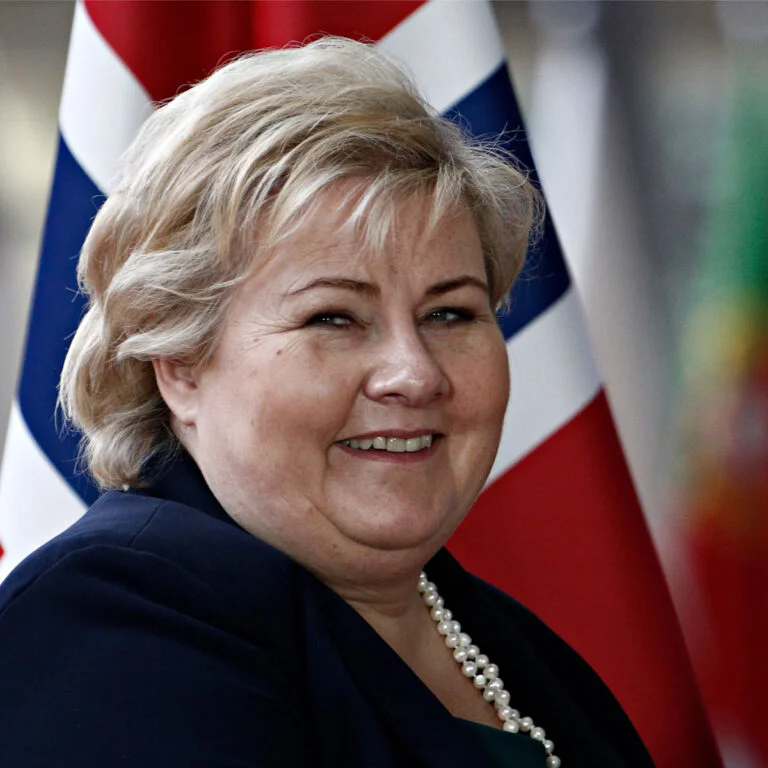
What happens now?
Votes must now be verified at county level meaning the official result is still several days away. However, party leaders will quickly begin the negotiations based on the results of the preliminary count.
We must then wait for a deal to be struck that forms a formal coalition government that can command a majority in the Norwegian parliament. This normally takes a couple of weeks.
In the meantime, Erna Solberg remains in her post as prime minister, as do all other government ministers. The work of government goes on!
Levelling seats explained
The key factor in this election was always going to be which parties made it over the so-called levelling threshold. Simply put, any parties polling higher than 4% get additional seats.
Read more: 11 Fascinating Facts About Norway's 2021 Election
Of Norway's 169 parliamentary seats, 150 are regional and 19 are levelling seats. The 19 seats are awarded to the parties with the biggest disparity between national vote share and parliamentary seats.
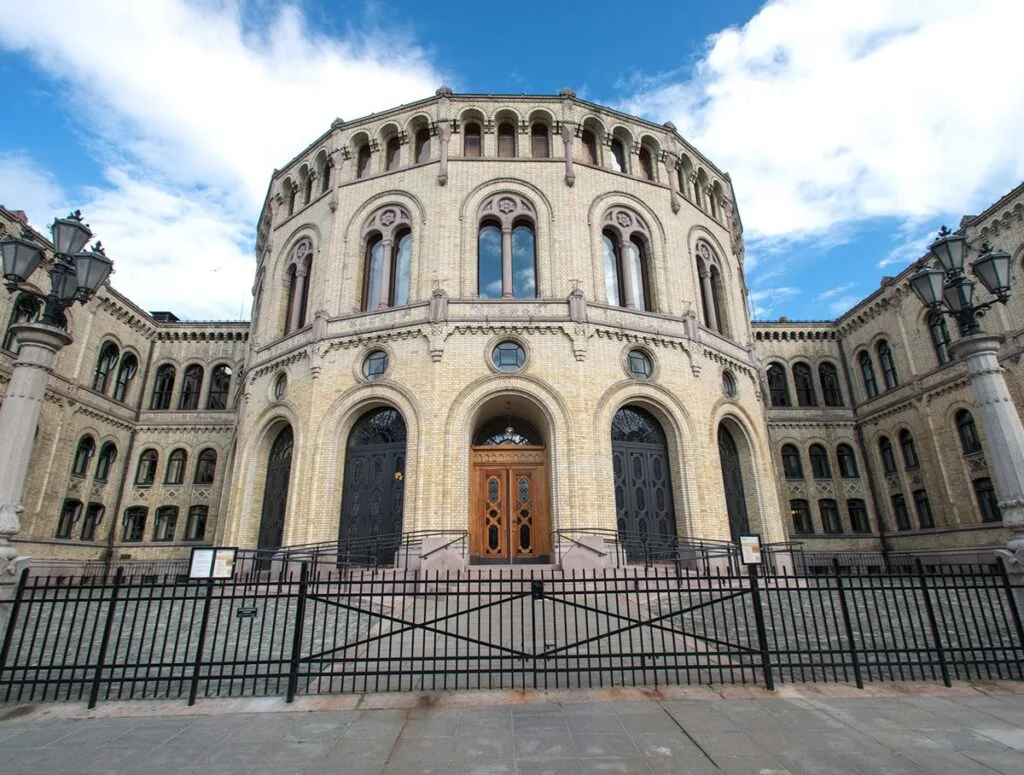
This prevents parties that poll well nationally but not well enough in one specific area to win regional seats missing out on the representation that their overall support deserves.
In this election, the number of parties with a chance of making it over the threshold was higher than in previous years. If a lot of parties cross the threshold, forming a majority coalition becomes more difficult.
Record numbers of advance voters
More Norwegians than ever before chose to vote in advance of polling day. This could well be due to the potential risk of having to self-isolate on polling day itself.
This year 1,700,641 people chose to vote in advance, compared with 1,069,541 people in 2017. The total electorate is 3,891,736, so the percentage of advance voters was a remarkable 43.7%.


Well, sir, I know you have been writing about Norway a long time. I may get to commenting on many more articles. Thank you for these figures!